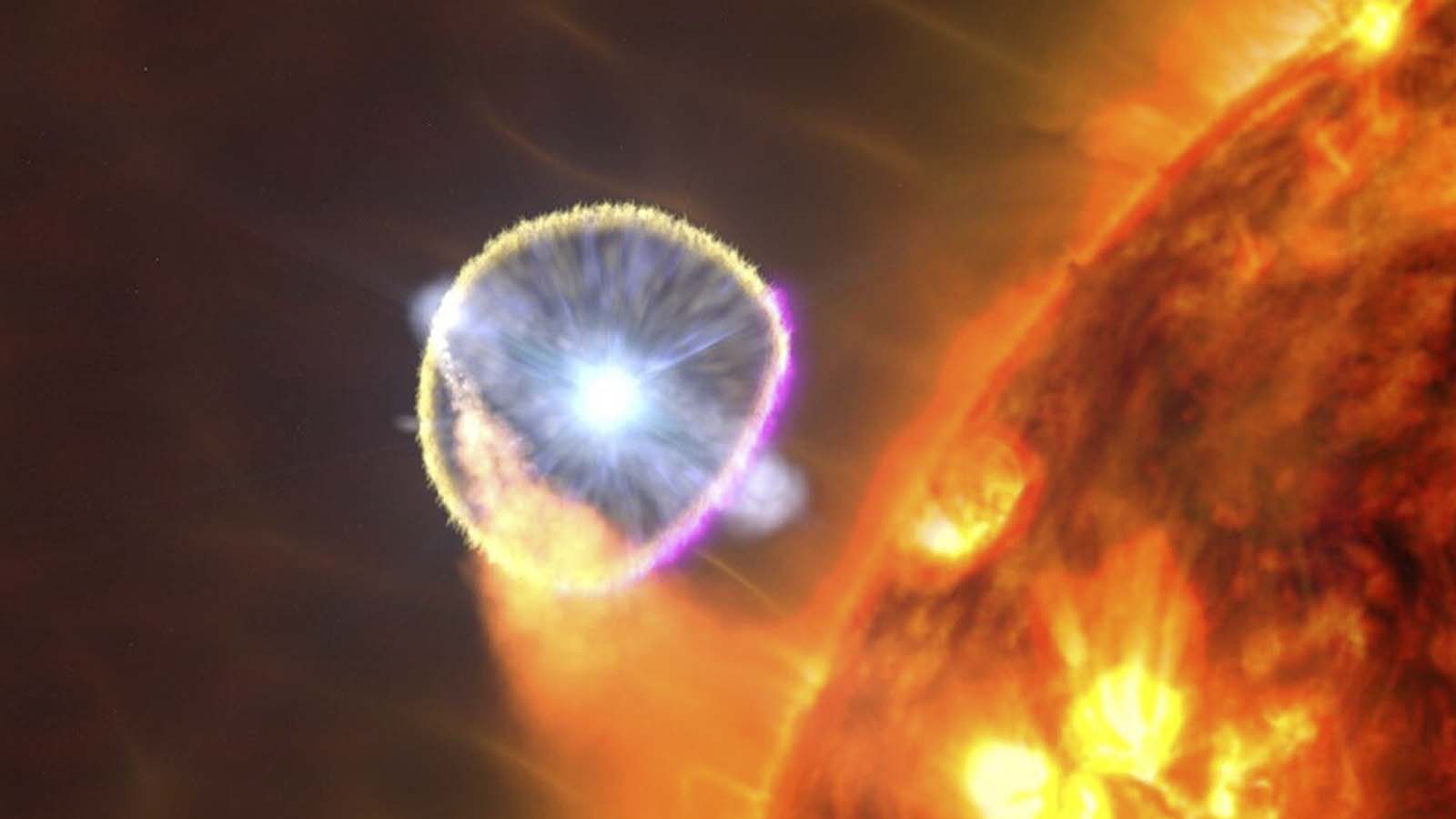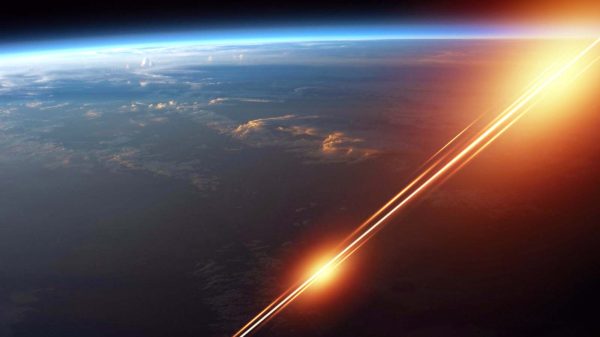Another special cosmic event is to occur this year, and it could be a “once-in-a-lifetime viewing opportunity,” according to NASA.
It’s a nova explosion located in a star system 3,000 light years away from Earth and astronomers predict it will be visible to the “unaided eye” sometime in 2024.
“Unfortunately, we don’t know the timing of this as well as we know the eclipse,” Bill Cooke, lead for NASA’s Meteoroid Environment Office (MEO) at NASA’s Marshall Space Flight Center in Huntsville, Alabama, told Fox News Digital.
“But when it happens, it’ll be something you’ll remember.”
T Coronae Borealis, nicknamed “the blaze star,” is one of 10 known recurrent novas in the galaxy.
“A typical nova consists of a star, like a red giant — a star bigger than the sun — and a white dwarf, which is a star about the size of the Earth,” Cooke said.
“And that red giant is dumping material on the surface of that white dwarf. They’re orbiting each other, and they’re real close together.”
When enough material is dumped on the surface of the white dwarf, the temperature gets so hot that it starts a thermonuclear runway on the surface of that white dwarf, Cooke explained.
“When that happens, that white dwarf blows all that material out in space, and it gets very bright, hundreds of times brighter than what it was before,” Cooke said.
“And if it’s close to us or relatively close to us, we will see a new start to appear in our sky.”
Before, that star may have required a telescope to see, Cooke explained, but all of a sudden it will flare into brightness that can be seen with the unaided eye.
“T Coronae Borealis is unusual in that it doesn’t blow its stack once,” Cooke said. “It does it every 79 years or so.”
The last time it exploded was in 1946. This time around, sky watchers will be viewing a star that exploded 3,000 years ago because that’s how long it took the light to get here, according to NASA’s blog.
“At the time that star blew up, 3,000 years ago, the Bronze Age was ending,” Cooke said. “You had the rise of the kingdom of David in Palestine. You had all this stuff going on, but that’s how far back in time that explosion occurred — 3,000 years.”
Right now, T Coronae Borealis is magnitude +10, which means you’d need a small telescope to see it.
“But when it blows its stack, it’s going to reach about magnitude +2,” Cooke said.
“So to give you an idea of how bright that is — it’s about as bright as Polaris, the North Star.”
The explosion — which is the light generated when the white dwarf blows all that matter off its surface — will be visible just to the right of the constellation Hercules.
“You [will] see a new star suddenly appear there,” Cooke said.
“It’ll look like it appears out of nowhere, and it’ll stay visible for about a week before it dims back down,” he added.
And then it will happen again in 79 more years.
“It’s kind of like Halley’s Comet, but most people don’t know much about it,” Cooke said. “Halley gets all the press.”
There have been other nova explosions, like in 1975, Cooke said.
But it wasn’t a recurrent one, and it wasn’t as bright as astronomers expect T Coronae Borealis to appear.
“Is it going to be the star of Bethlehem? No,” Cooke said.
“But there will be a new star appearing in our sky for about a week. And let’s face it, how often do you see a star explode?”
Cooke suggests that as soon as you hear news about the explosion, go outside to see it as soon as possible.
“Bear in mind, you’re only going to have a few days to see it,” Cooke said, adding that the explosion will eventually “fade away.”
Cooke said viewing T Coronae Borealis rivals the Great American Solar Eclipse that occurred on April 8.
“I’ve been to a few eclipses, and it’s one of nature’s most awesome spectacles,” he said.
“But frankly, there are two solar eclipses a year. And if there’s not one over the U.S., I could travel to Egypt in 2027 to go see one. We don’t see a star explode very often. So that’s its uniqueness.”













so can this affect other planets in orbit or anything else…